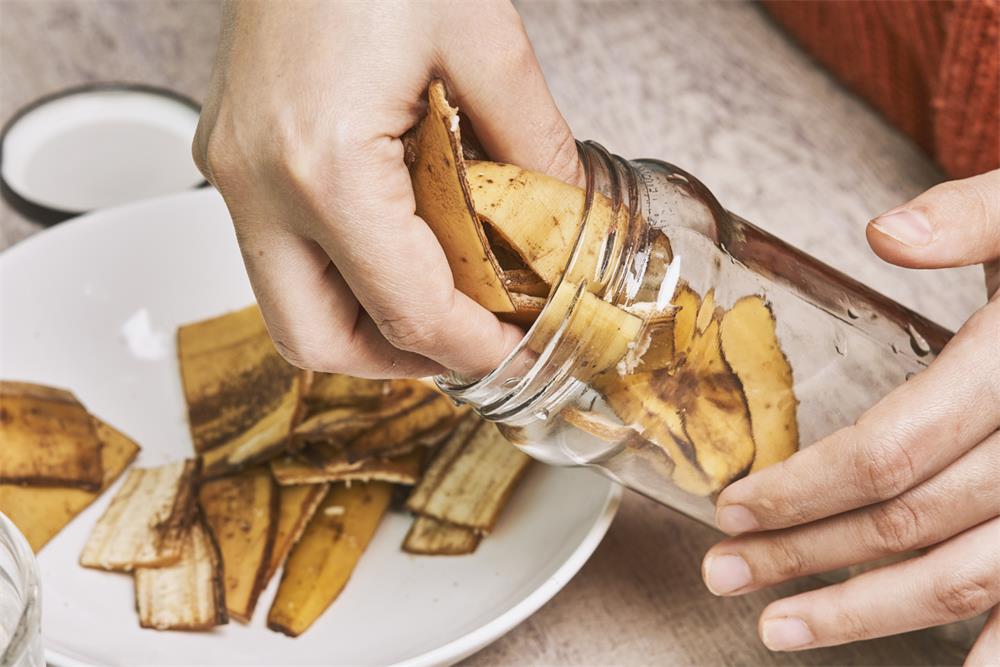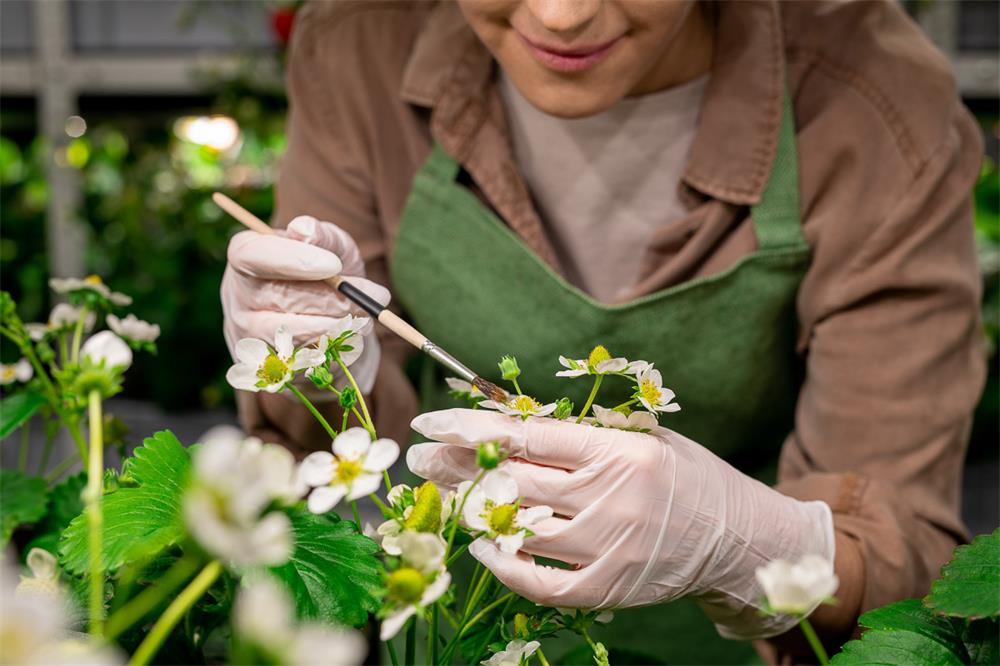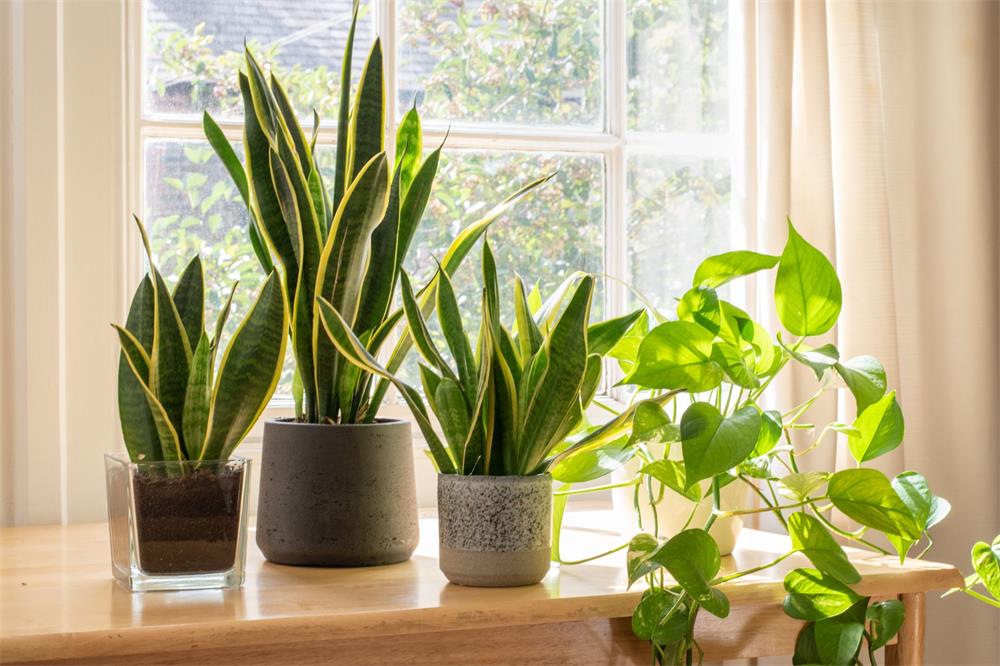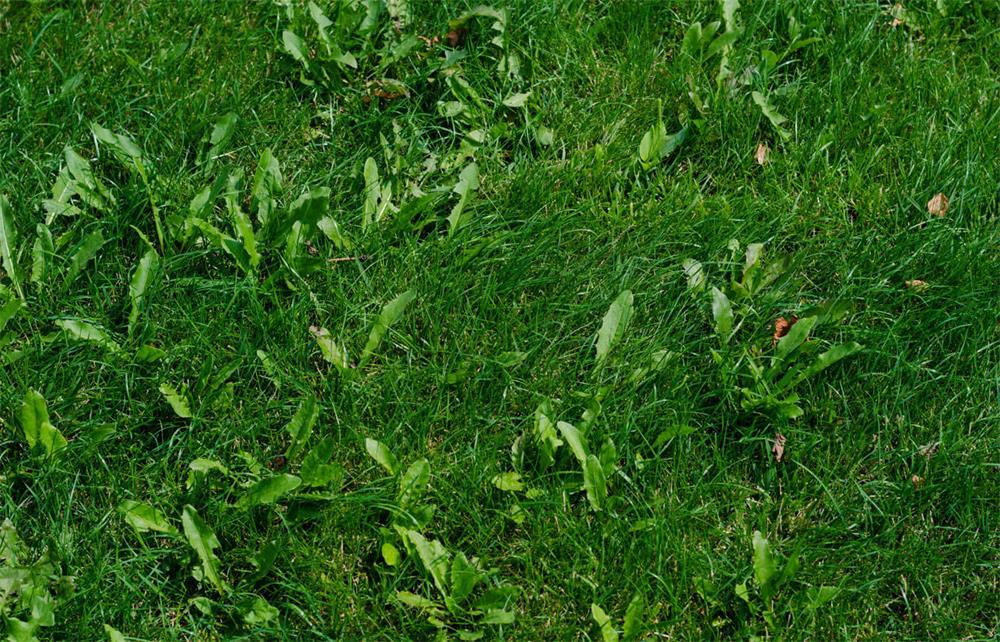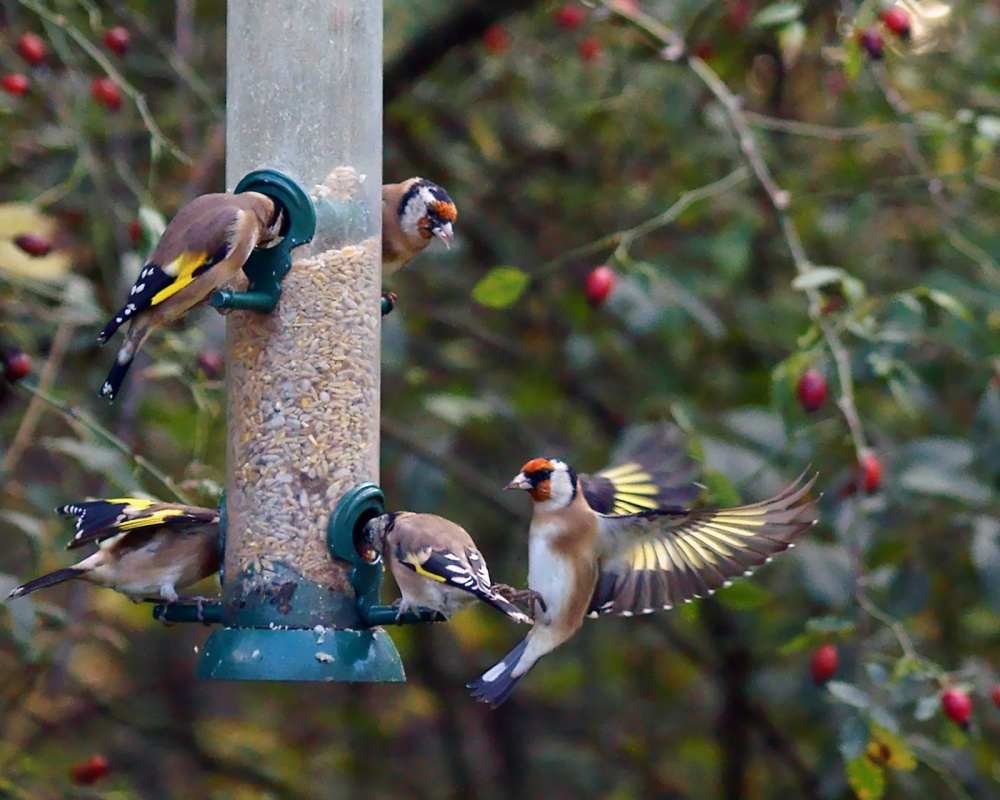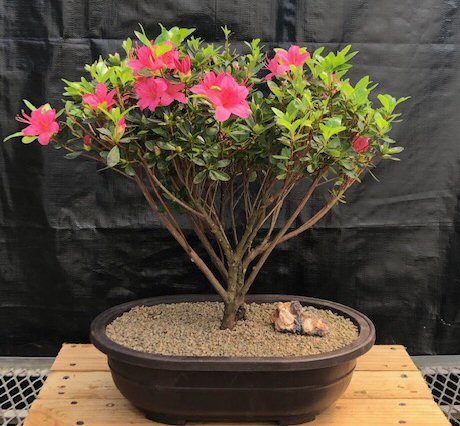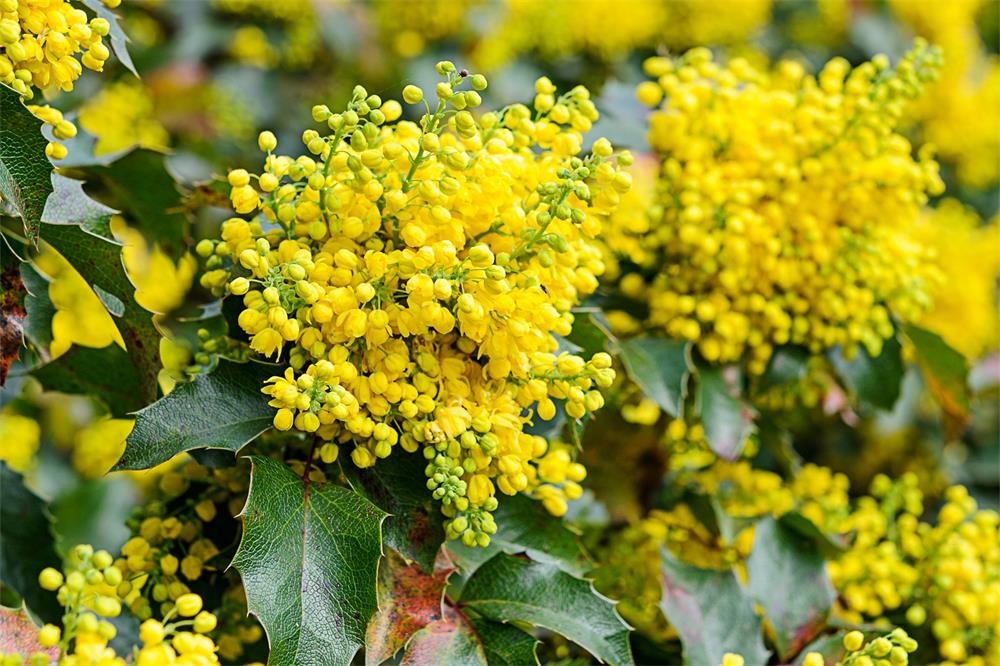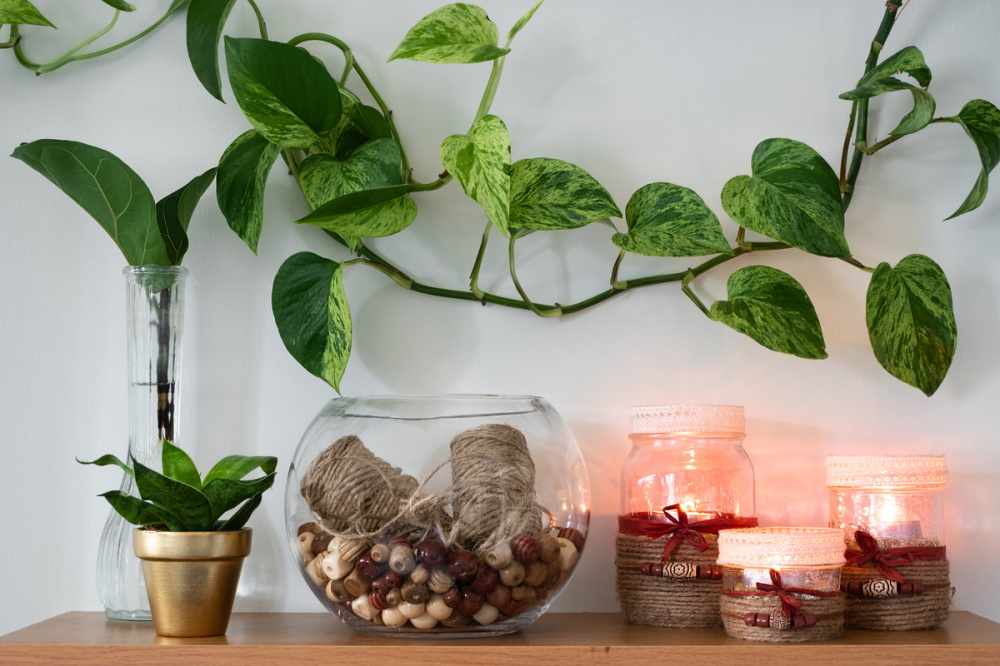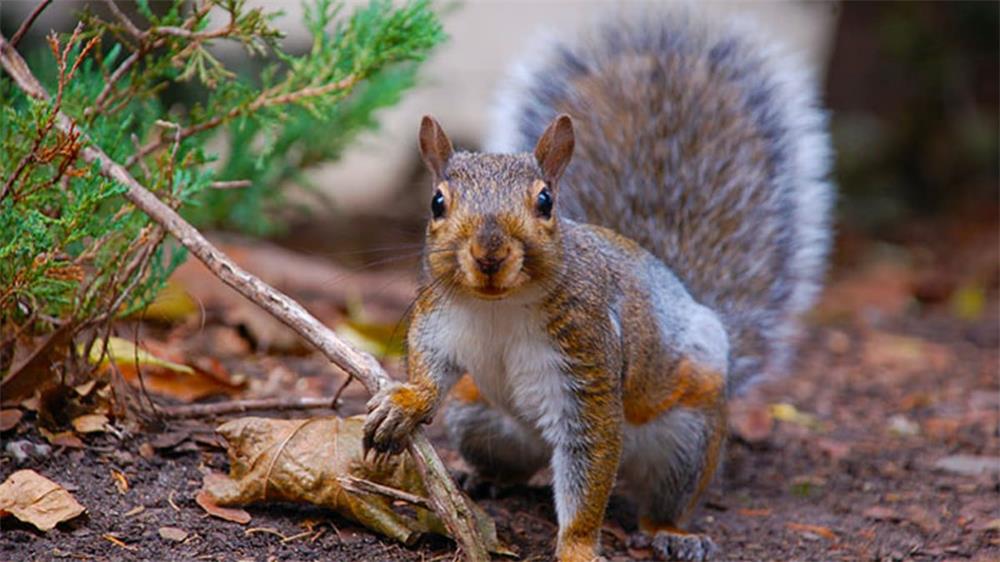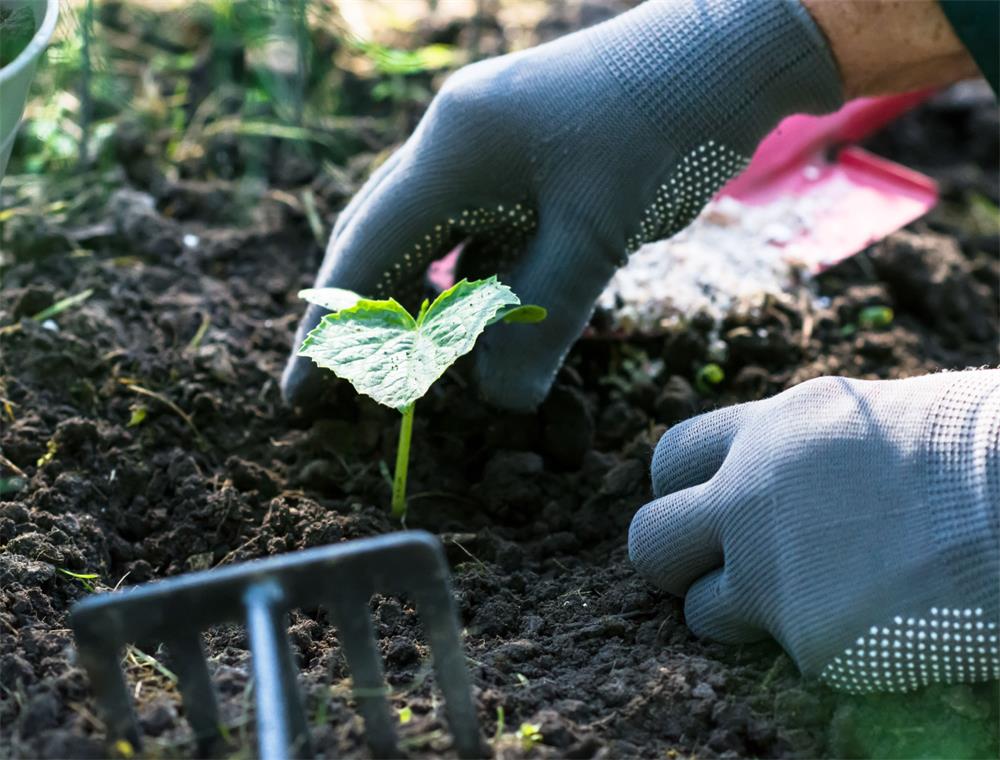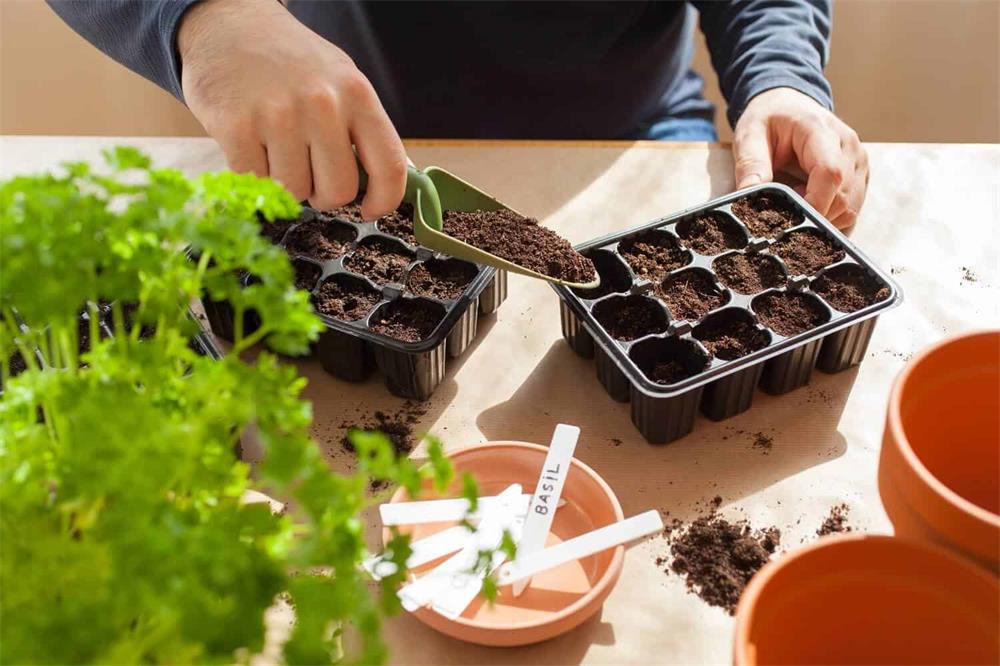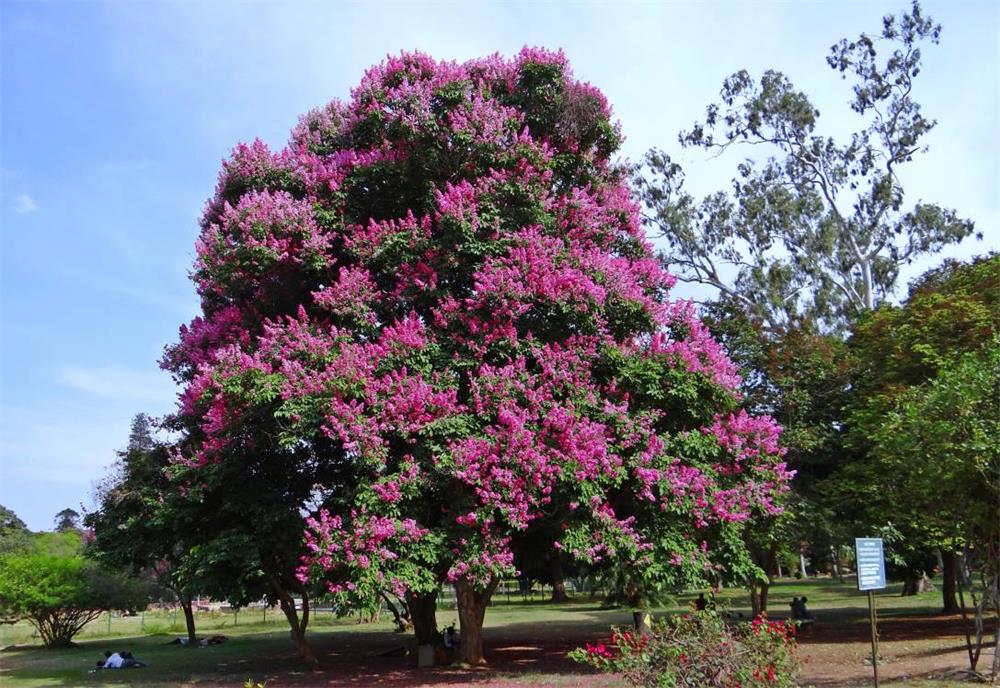
Table of Contents
Crepe myrtles are one of the most popular flowering trees in the South, but they can also grow well in other regions with mild winters and hot summers. They come in a range of colors, from white to pink to purple and red, and they can bloom for weeks or even months in summer. However, to keep your crepe myrtles healthy, beautiful and blooming, you need to know how to prune them correctly.
Why Prune Crepe Myrtles?
Pruning crepe myrtles has several benefits:
- It maintains their natural sculptural form and prevents them from becoming too tall or leggy.
- It produces strong branches that can hold up the flowers upright and avoid flopping.
- It opens up the center of the tree to allow sunlight and air circulation, which helps prevent diseases and pests.
- It reveals the smooth, multi-toned bark that forms on mature trunks and branches, adding interest in winter.
- It encourages new growth and more flowers, especially if you remove the spent blooms after the first flush.
When to Prune Crepe Myrtles?
The best time to prune crepe myrtles is in late winter or early spring, when the tree is leafless and dormant. This way, you can easily see the branches and avoid cutting off any buds that will produce flowers. The exact timing of pruning will depend on your climate and zone, but generally February is a good month to do it.
You can also prune crepe myrtles lightly in summer, after they finish blooming, to remove the seed pods and stimulate a second flush of flowers. However, this is not essential and you should avoid pruning too much or too late in the season, as this can reduce the hardiness of the tree and make it more susceptible to frost damage.
How to Prune Crepe Myrtles?
To prune crepe myrtles correctly, you need three tools: a hand pruner for twigs and branches less than ½-inch thick, a lopper for branches ½ inch to 1½ inches thick, and a pole pruner or a pruning saw for branches more than 1½ inches thick. You should also wipe down your tools with rubbing alcohol before and after pruning to prevent spreading any diseases.
Here are some steps to follow when pruning crepe myrtles:
- Stand back and observe how the crepe myrtle is growing. Identify the main trunks and branches that form the structure of the tree. You want to keep these intact and well-spaced, unless they are damaged or diseased.
- Prune any small sprouts or suckers that grow at the base of the tree or along the trunks. These are usually weak and take away energy from the main branches.
- Prune any side branches that grow from the main trunks or branches. Cut them back to where they join a larger branch or trunk, or leave a few inches of stub if you want them to branch out more.
- Prune any dead, diseased, damaged or crossing branches that interfere with the shape or health of the tree. Cut them back to where they join a healthy branch or trunk, or remove them completely if necessary.
- Prune any long or arching branches that are too thin or too heavy for their length. Cut them back to where they are no more than ½-inch in diameter, or to where they join a stronger branch.
- Prune any spent flowers or seed pods that remain on the tree after blooming. Cut them back to where they join a smaller branch or twig, leaving some new growth for next year’s flowers.
How Not to Prune Crepe Myrtles?
One of the worst mistakes you can make when pruning crepe myrtles is to cut them back too severely, leaving only thick stumps with no branches. This practice, known as “crepe murder”, ruins the natural form of the tree and prevents it from developing attractive bark. It also causes a lot of stress to the tree and makes it produce a lot of weak, spindly shoots that cannot support the weight of the flowers.
If you have inherited a crepe myrtle that has been butchered in this way, you can try to restore it by following these steps:
- Select three to five of the strongest shoots that grow from each stump and cut off all the others.
- Cut back these shoots by about one-third of their length, making sure they are well-spaced and angled outward.
- Repeat this process every year until you have formed new trunks and branches with a natural shape.
- Be patient and expect some trial and error along the way.
Conclusion
Crepe myrtles are wonderful plants that can enhance any garden with their stunning flowers, bark, and foliage. They are easy to grow and care for, as long as you prune them correctly and avoid overdoing it. Crepe myrtles also have some health benefits, as they contain compounds that can help prevent cancer, lower blood sugar, treat infections, and more. Crepe myrtles are truly a gift from nature that deserve a place in your landscape.
.



